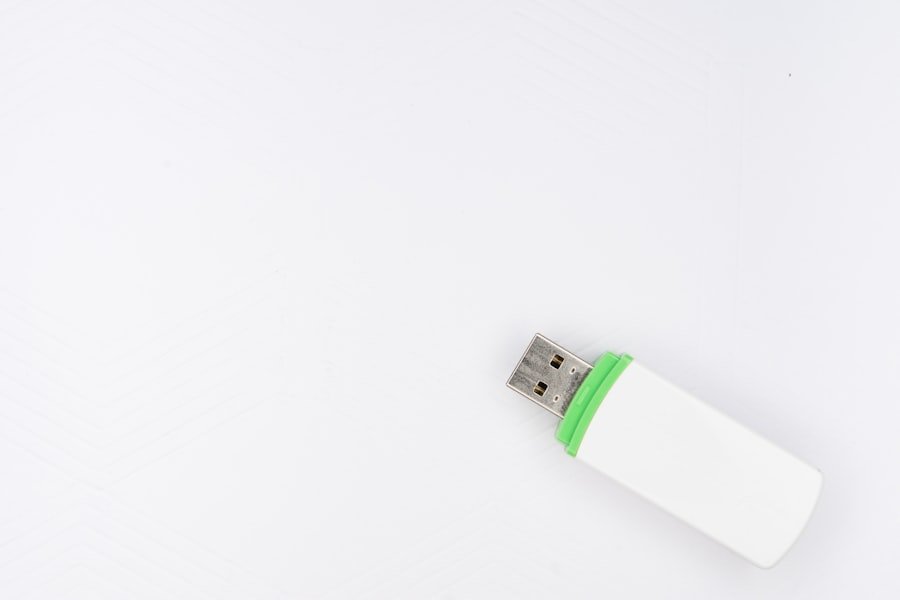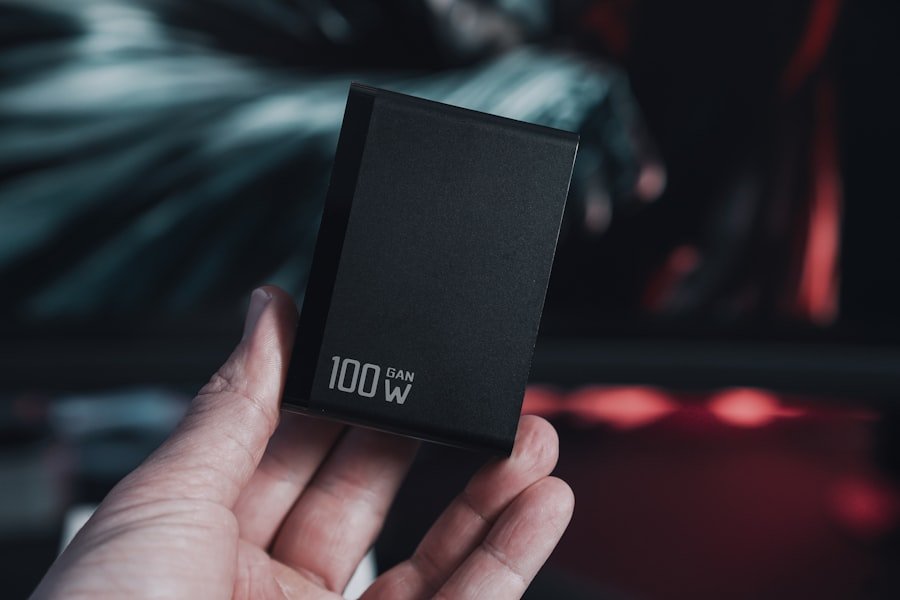Transferring photos from an iPhone to an Android device can seem like a daunting task, especially for those who are not tech-savvy. The two operating systems, iOS and Android, have distinct ecosystems that can complicate the transfer process. However, with the right knowledge and tools, moving your cherished memories from one platform to another can be accomplished smoothly.
This transition is often necessary for users who switch devices for various reasons, such as seeking better features, improved performance, or simply a change in preference. The importance of photos in our digital lives cannot be overstated. They capture moments, preserve memories, and often serve as a visual diary of our experiences.
Therefore, ensuring that these images are transferred safely and efficiently is crucial. In this article, we will explore various methods for transferring photos from an iPhone to an Android device, including built-in features and third-party applications. Additionally, we will provide tips for organizing your photos during the transfer process and troubleshooting common issues that may arise.
Key Takeaways
- Transferring photos from iPhone to Android can be done using built-in features or third-party apps
- Built-in methods include using cloud services like Google Photos or Apple’s Move to iOS app
- Third-party apps like Dropbox, Send Anywhere, or PhotoSync can also be used for transferring photos
- Organize and manage photos by creating folders, using photo management apps, or sorting by date or location
- Common issues during transfer include compatibility, file format, and connectivity issues
- Transferring photos from iPhone to Android can be a seamless process with the right tools and organization
Methods for transferring photos using built-in features
Using Cloud Services
One of the simplest ways to transfer photos from an iPhone to an Android device is by utilizing built-in features available on both platforms. For instance, if you have a Google account, you can download the Google Photos app on your iPhone. Once installed, you can back up your photos to the cloud. This process involves selecting the photos you wish to upload and allowing the app to sync them with your Google account. After the upload is complete, you can access these photos on your Android device by simply logging into the same Google account and downloading them.
Using a Computer as an Intermediary
Another built-in feature that can facilitate photo transfer is the use of a computer as an intermediary. By connecting your iPhone to a computer via USB, you can access the device’s storage and manually copy the desired photos to your computer. Once the photos are on your computer, you can then connect your Android device and transfer the images from the computer to the Android phone.
A Hands-on Approach
This method is particularly useful for users who prefer a hands-on approach and want to ensure that only selected images are transferred.
Using third-party apps to transfer photos

While built-in features provide a straightforward way to transfer photos, third-party applications can offer additional functionality and convenience. Numerous apps are designed specifically for transferring data between different operating systems, making them a popular choice among users. One such app is SHAREit, which allows users to transfer files wirelessly between devices without needing an internet connection.
After installing SHAREit on both devices, users can select the photos they wish to transfer on their iPhone and send them directly to their Android device. The process is typically fast and efficient, making it an attractive option for those with large photo libraries. Another noteworthy application is Send Anywhere, which operates on a similar principle but offers a unique feature: it generates a six-digit key that allows users to send files securely over Wi-Fi or mobile data.
This method ensures that the transfer is not only quick but also secure, as users can control who has access to their files.
By using Send Anywhere, individuals can easily share their photos without worrying about privacy concerns or data loss during the transfer process.Tips for organizing and managing photos during the transfer process
| Tip | Description |
|---|---|
| Use a consistent file naming convention | Naming files consistently will make it easier to organize and find photos later. |
| Create folders for different categories | Organize photos into folders based on events, dates, or subjects to keep them organized. |
| Backup your photos regularly | Ensure that your photos are safely backed up to prevent loss in case of device failure. |
| Use metadata to tag and categorize photos | Adding metadata such as tags, keywords, and descriptions can help in searching and organizing photos. |
| Regularly review and delete unwanted photos | Keep your photo collection clutter-free by regularly reviewing and deleting unnecessary or duplicate photos. |
When transferring photos from an iPhone to an Android device, organization plays a crucial role in ensuring a smooth transition. Before initiating the transfer, it is advisable to take some time to organize your photo library on your iPhone. This could involve creating albums or folders based on events, dates, or themes.
By categorizing your images beforehand, you can streamline the selection process during the transfer and avoid the hassle of sifting through hundreds of pictures later on. Additionally, consider backing up your photos before starting the transfer process. This precautionary step ensures that you have a secure copy of your images in case anything goes wrong during the transfer.
Utilizing cloud storage services like Google Drive or Dropbox can be beneficial for this purpose. Once backed up, you can confidently proceed with transferring your photos, knowing that they are safe and accessible if needed.
Troubleshooting common issues during the transfer process
Despite careful planning and execution, users may encounter various issues while transferring photos from an iPhone to an Android device. One common problem is connectivity issues when using wireless methods such as SHAREit or Send Anywhere. If you experience difficulties in establishing a connection between devices, ensure that both devices are connected to the same Wi-Fi network and that Bluetooth is enabled if required by the app.
Restarting both devices can also resolve minor connectivity glitches. Another frequent issue arises when transferring large volumes of photos. Some apps may have limitations on file sizes or quantities that can be transferred at once.
If you find that certain images are not transferring successfully, try breaking down your photo selection into smaller batches. This approach not only helps in managing file sizes but also reduces the likelihood of errors during the transfer process.
Conclusion and final thoughts on transferring photos from iPhone to Android

Transferring photos from an iPhone to an Android device may initially appear challenging due to the differences in operating systems; however, with various methods available—both built-in and third-party—users can find solutions that suit their needs. Whether opting for cloud services or utilizing dedicated apps, it is essential to approach the transfer process with organization and caution. By taking steps to manage your photo library effectively and being prepared for potential issues, you can ensure that your precious memories are preserved and accessible on your new device.
Ultimately, understanding the tools at your disposal and employing best practices will make the transition seamless. As technology continues to evolve, so too do the methods for transferring data between devices, making it easier than ever for users to switch platforms without losing their valuable content.
If you are looking for more information on transferring photos from an iPhone to an Android device, you may want to check out the article on AppsSoftwares.com. This website offers a variety of helpful tips and tutorials on how to navigate different software and apps. You can find the article by visiting AppsSoftwares.com and searching for their guide on transferring photos between iPhone and Android devices.
FAQs
What are the different ways to send photos from iPhone to Android?
There are several ways to send photos from an iPhone to an Android device, including using messaging apps, email, cloud storage services, and direct transfer methods such as Bluetooth or Wi-Fi Direct.
Can I use messaging apps to send photos from iPhone to Android?
Yes, you can use messaging apps such as WhatsApp, Facebook Messenger, or iMessage (if the recipient also has an iPhone) to send photos from an iPhone to an Android device.
Is it possible to send photos from iPhone to Android via email?
Yes, you can send photos from an iPhone to an Android device via email by attaching the photos to an email and sending it to the recipient’s email address.
What are some popular cloud storage services for sending photos from iPhone to Android?
Popular cloud storage services such as Google Drive, Dropbox, and iCloud can be used to upload photos from an iPhone and share them with an Android user by providing them with access to the shared folder or file.
Can I transfer photos from iPhone to Android using Bluetooth or Wi-Fi Direct?
Yes, you can transfer photos from an iPhone to an Android device using Bluetooth or Wi-Fi Direct by enabling the respective features on both devices and initiating the transfer process.
Are there any third-party apps specifically designed for transferring photos between iPhone and Android?
Yes, there are third-party apps available on the App Store and Google Play Store that are designed to facilitate the transfer of photos and other files between iPhone and Android devices. Examples include “Send Anywhere” and “PhotoSync.”
